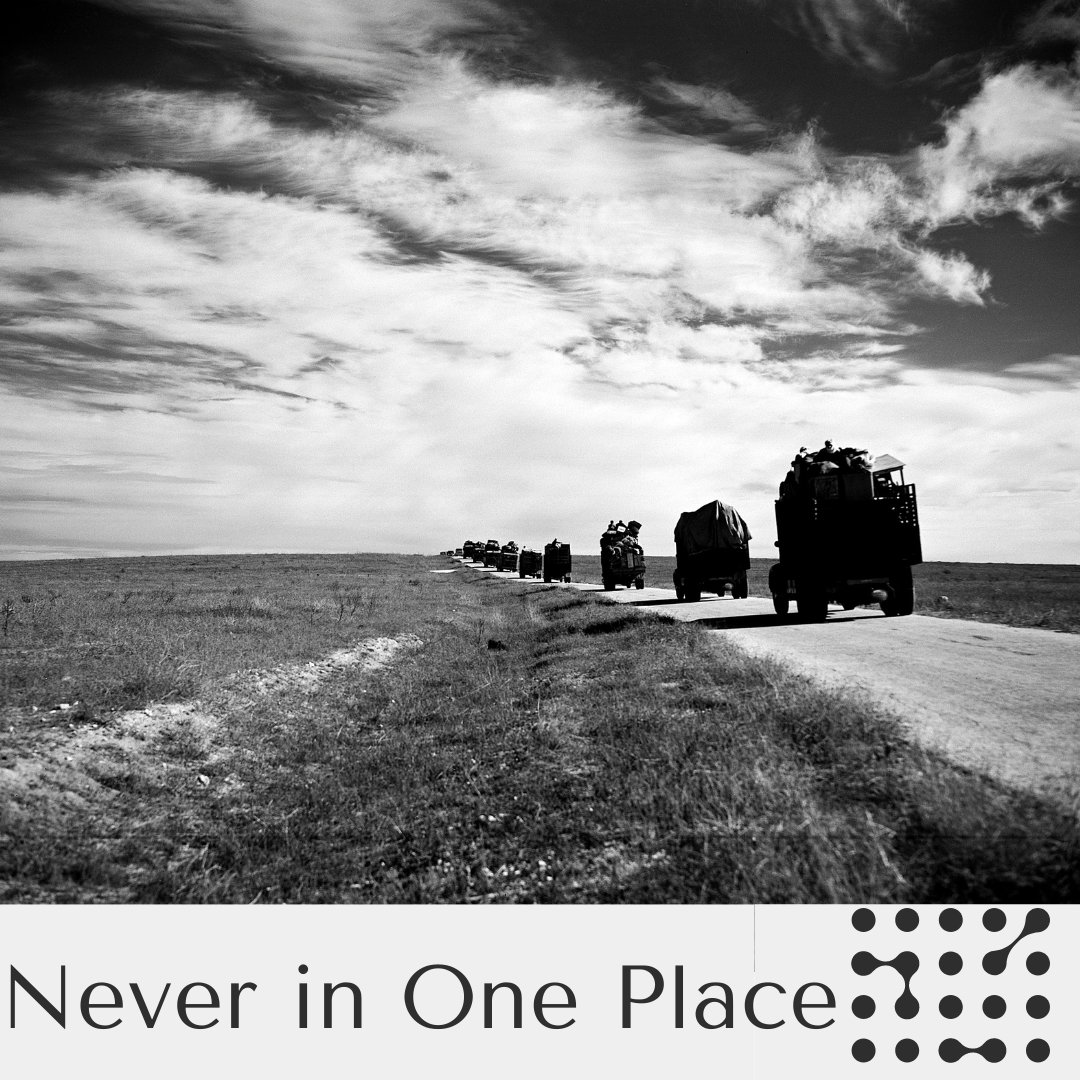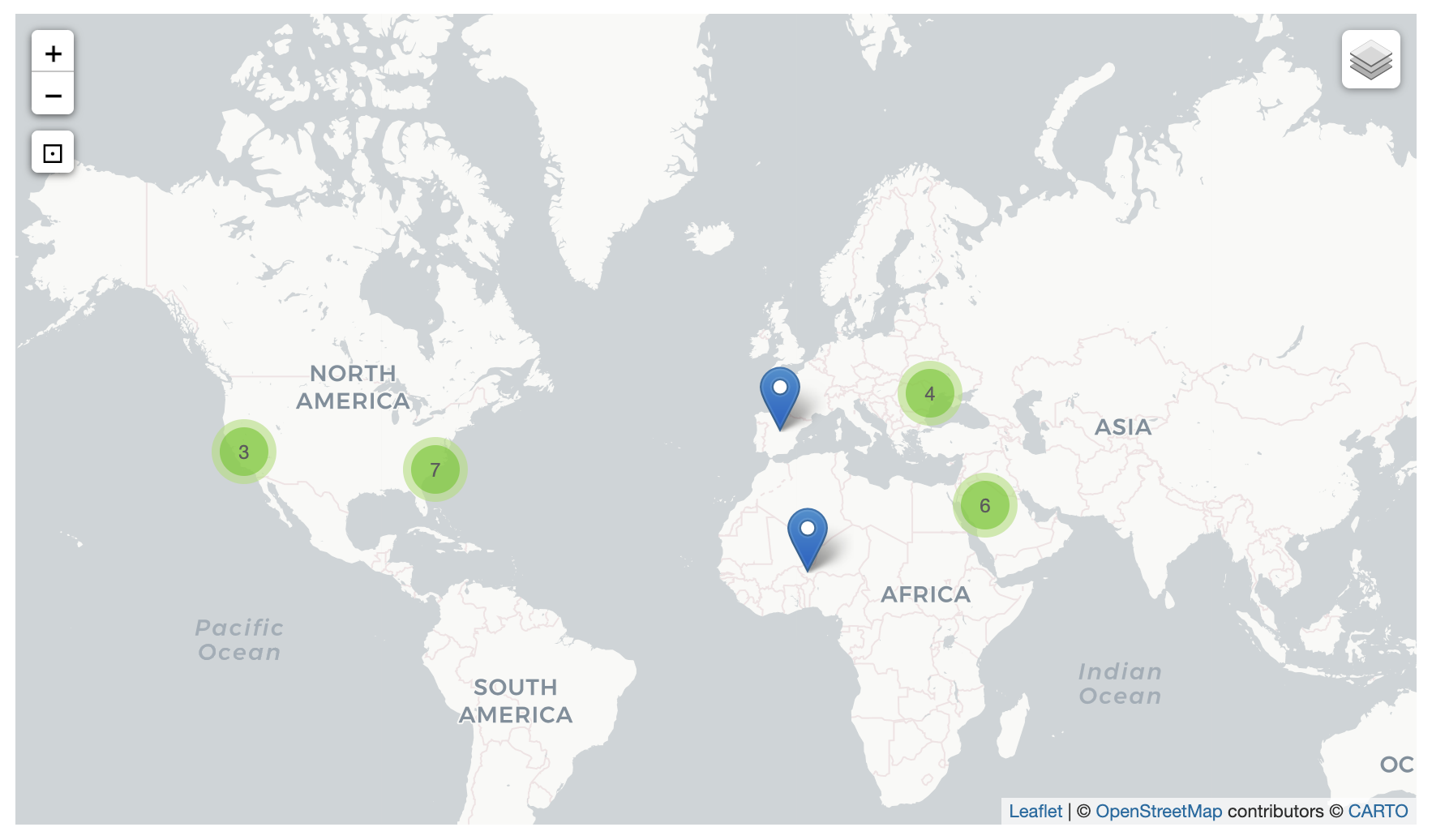Image Credit: 171010 - First Phase Digital - 05_03_2008 - 14[1].38.26 © 1949 UN
Never in One Place
This project is a collection of photographs that depict the movement of humans from one location to another. Oftentimes conflict is the impetus, like war or lack of resources. Other times it might just be in search of a better quality of life. The hope is that the stories elicited from these images serve as a reminder that we are all human and have shared some connection to those that have “moved” and those that have caused the “moving”.
The final product was realized through an Omeka S website of curated digital images that represented photographs depicting the movement of humans over the last 120 years. Each item was sourced from an existing online digital collection and then translated to a fully cataloged museum object within my site, with a described and custom derived metadata design.
I selected Dublin Core as the main element set with select values populated by the controlled vocabulary values from Library of Congress : Subject Headings (LCSH) and The Getty (AAT, ULAN, and TGN) for the framework of the metadata design. Content styling was influenced by the Cataloging Cultural Objects (CCO) resource. I provided a crosswalk mapping to CDWA (Core) for additional context. All the images were sourced through online digital collections, notably The National Archives, Library of Congress, and The J. Paul Getty Museum. Some sources were more domain-specific, like United Nations Relief and Works Agency (UNRWA) for Palestine Refugees in the Near East and UNHCR- The UN Refugee Agency.
To increase accessibility to the content and provide another entry point, I offered the map browse feature of Omeka S’s mapping module to explore the digital collection through the photograph’s depicted place’s geolocation fed through the “coverage” element set’s value of GeoNames vocabularies.
Working with a photographic collection presented a unique challenge of having to navigate rights statements, as many of the images were contemporary in their creation date. I communicated directly with rights holders to gain permission to highlight images on my site. Sourcing digital image links and metadata through DPLA’s API provided a unique way to gain access to lesser known digital archive offerings, like University of Miami Libraries.
Through this online platform, I curated visual narratives of displaced humans around the world. It removed the walls of an institution to help foreground and expose their stories with the intention to elicit empathy and awareness.


